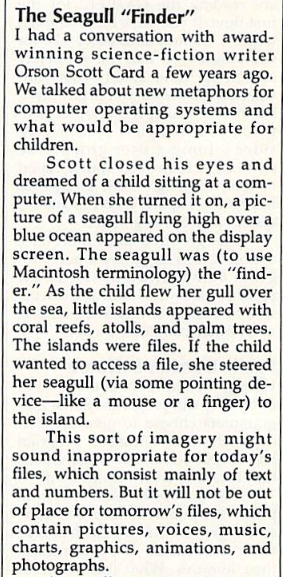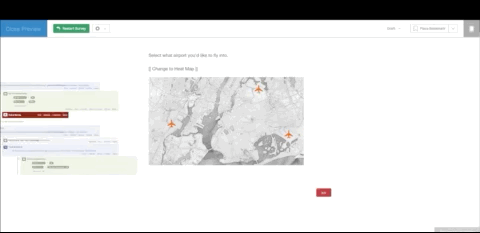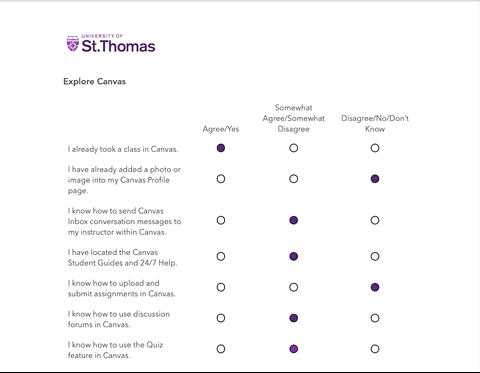One interesting (“interesting” meaning a mix of “humorous,” “encouraging,” and “demoralizing”) aspect of paleofuturism is finding decades-old technologies that were called “obsolete”…yet are still alive and well today.
In January 1987, Fred D’Ignazio wrote that “The desktop metaphor came from computer designers’ image of computers as business tools, as information processors. We process information at desks, they reasoned, so why not make a computer simulate a desktop? The computer as desktop is a valid, viable image. But it’s only one image. It’s time for us to search out new images that relate more to our senses, feelings, and imaginations.”
This sounds like a great idea… but how much progress has been made in 30 years? (Hint: very little.) Does that lack of progress toward an alternate metaphor mean that humans are unable to escape the confines of an image that was established for us decades ago? Or have we arrived at the best metaphor there is and that’s why we stick with it?
D’Ignazio gave an example of the kind of alternatives he was envisioning at the time:

We’re definitely living in the world of “tomorrow’s files” yet we still seem bound to a virtual desktop. Some VR environments are starting to approach this alternate vision: when you don an Oculus Go headset, you find yourself on a beach, surrounded by floating screens that you click. Your phone or iPad doesn’t have a “desktop” but a… “home screen,” perhaps?
Those alternatives are a far cry from a flying seagull.
A dozen years ago, “Second Life” helped connect people to one another and flying (seagull-like) was a mode of transportation from one area to another… but it was much less efficient than simply typing in coordinates to a very DOS-like box. But Second Life itself is another example of a technology and “computing environment” that died (no pun intended).
Are we stuck on the desktop forever?
This post was written by Eric M. Larson, an Instructional Systems Consultant in the St. Thomas E-Learning and Research (STELAR) Center at the University of St. Thomas in St. Paul, Minn., from his very typical desk on a computer with a very traditional desktop. See it in person down at STELAR in the lower level of the OSF Library, where you’ll find yourself among friends. You can also email us at stelar@stthomas.edu.


